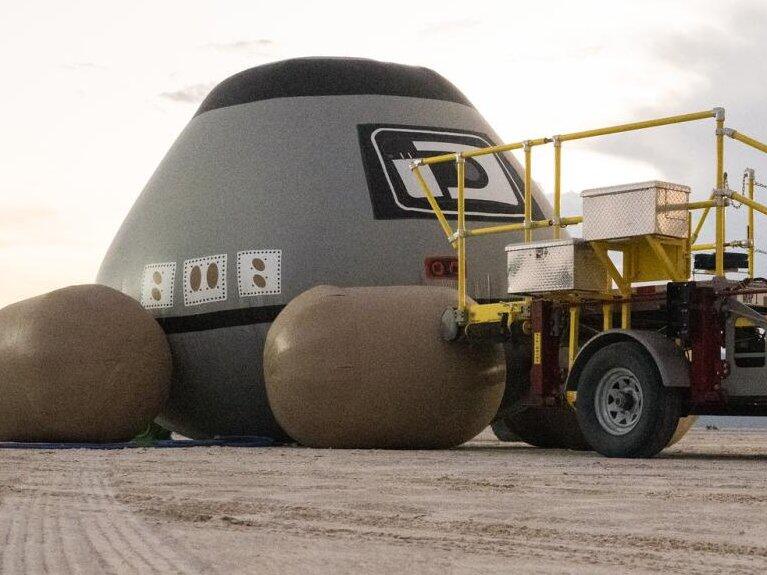Physical Address
304 North Cardinal St.
Dorchester Center, MA 02124
Physical Address
304 North Cardinal St.
Dorchester Center, MA 02124

On September 6, NASA is finalizing preparations for the return of the uncrewed Boeing Starliner from the International Space Station (ISS). The undocking is set to occur shortly after 6 p.m. EDT.
The mission’s timeline was shared by NASA last week, detailing the sequence of events leading up to the spacecraft’s landing. Following the autonomous undocking at 6:04 p.m., Starliner will perform a deorbit burn, enter the atmosphere, and execute a targeted landing.
The capsule is scheduled to touch down at White Sands Space Harbor at 12:03 a.m. on Saturday. Its flight path will see it traverse parts of northern Mexico and southwestern New Mexico, allowing observers in those areas to possibly see it in the night sky, weather permitting.
NASA has urged the public to look up and witness the Starliner’s journey back to Earth. The spacecraft is expected to light up the sky as it travels from the ISS, and if visibility conditions are favorable, those in its flight path could catch a glimpse.
The Boeing Starliner commenced its first crewed flight on June 5, carrying NASA astronauts Butch Wilmore and Suni Williams. Unfortunately, during its approach to the ISS, engineers detected helium leaks and issues with the thrusters that control its orientation.
Due to safety concerns, NASA previously announced that Wilmore and Williams would remain on the ISS until February. This decision led to plans for an autonomous return of the Starliner to Earth without a crew in the interim.
Once at the ISS, Wilmore and Williams will eventually return home aboard a SpaceX Dragon spacecraft, alongside two other astronauts assigned to NASA’s Crew-9 mission.
Following the planned undocking from the ISS, Starliner will ignite its departure rockets. As it nears Earth, it is scheduled to perform a deorbit burn lasting approximately 60 seconds. This burn is critical to reduce its speed, allowing for a successful re-entry into the atmosphere.
The service module of the spacecraft is expected to burn up upon re-entry, dissolving over the southern Pacific Ocean. Meanwhile, the heat shield will be released at about 30,000 feet, transitioning to the deployment of a series of drag devices and parachutes designed to slow the craft down further.
As Starliner descends to 3,000 feet, it will jettison an additional heat shield. Subsequently, several inflatable landing bags will deploy, ensuring a gentle touchdown at White Sands at just 4 mph.
This mark of technological resilience comes after Boeing faced challenges during earlier phases of the Starliner’s development. The successful completion of this uncrewed mission will be a crucial step towards future crewed flights and NASA’s ongoing efforts to establish reliable transportation to and from the ISS.
With NASA and Boeing working collaboratively, this upcoming landing aims to reinforce confidence in the Boeing Starliner program, ensuring that crewed missions can safely resume post-analysis of the recent issues.
Source: UPI



